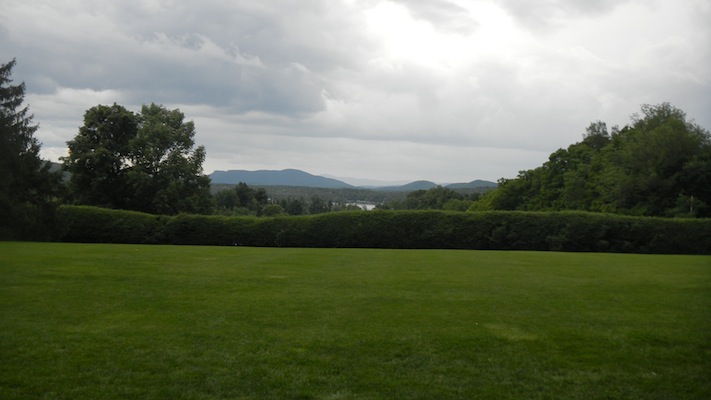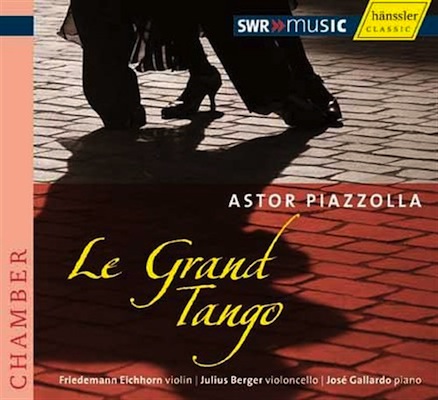
Month: August 2016
Gordon Lightfoot “Talking In Your Sleep” BBC Live In Concert (1972)
Gordon Meredith Lightfoot (born 1938) is most often remembered for his improbable 1976 US #2 hit “The Wreck of the Edmund Fitzgerald,” even though the bad-romance song “Sundown” was his only US #1-charting single.
“The Wreck of the Edmund Fitzgerald” was inspired by a Newsweek item Lightfoot saw by chance while on tour about the loss of an iron-ore freighter in a severe storm on Lake Superior, with the loss of 29 lives. “Sundown” was about a bad-news girlfriend Lightfoot had the good luck to break up with: she later administered the fatal overdose to John Belushi.
A Summer Sunday’s Afternoon at Tanglewood
 Photo © 2016 John Marks
Photo © 2016 John Marks
On Sunday, August 14, the musically-astute friend I mentioned in the context of the Andris Nelsons Boston Symphony Wagner/Sibelius CD and I traveled to Lenox, Massachusetts, where the Boston Symphony makes its summer home at Tanglewood. The program consisted of Beethoven’s Op. 64 Coriolan Overture (1807), his Piano Concerto 3 (1800-1801), and Schumann’s Symphony 4 (1841/1851).
But of course, I could not resist indulging in audio geekery, in the process making a new pro-audio friend! Geek-bait photos, official concert photos, and a link to streaming audio of the concert, all after the jump! Continue Reading →
“Le Grand Tango”: Music of Astor Piazzolla

Le Grand Tango: Music of Astor Piazzolla
Recorded March 2005, SWR Funkhaus Mainz
CD SWR KLASSIK 93205
Download (CD Quality Only)
José Gallardo, piano; Friedemann Eichhorn, violin; Julius Berger, cello; José Bragato and Osvaldo Calo, arrangers; Peter Steiber and Sabine Fallerstein, producers; Angela Öztanil, engineer.
Astor Piazzolla (1921-1992) was best known as a performer of his own modernized tango music. His instrument was an unusual concertina (button accordion) called the Bandoneón. The Bandoneón was originally designed (in Germany) as an inexpensive substitute for a church organ, providing chordal accompaniment to congregational hymn singing. That intended use dictated the inner logic of its workings. So the Bandoneon plays different notes from the same fingering, depending whether the bellows was being pushed together or pulled apart. That quirk makes Piazzolla’s brilliant solo work even more impressive… .
But Piazzolla was more than an electrifying live performer; he was a serious composer. The Hungarian classical pianist Bela Wilda, who introduced Piazzolla to Bach, himself had been a student of Rachmaninoff’s. Piazzolla briefly was a student of Nadia Boulanger’s (she sent him on his way, though, urging him to find his own path). Piazzolla spent five years studying orchestration with Alberto Ginistera. Piazzolla put that training to use over the rest of his life, eventually writing more than 60 film scores. That sensibility is what makes this very well recorded, infectiously listenable album a “must-buy.” Just buy it! Continue Reading →
Matt Monro: “On Days Like These” from “The Italian Job” (1969)
Matt Monro’s opening-credit song from the 1969 Michael Caine caper movie The Italian Job is a fine job of singing from a pop-music baritone who is almost unknown in the US, but whose recordings can withstand comparison with any of the Broadway-musical baritones of the older generation.
Monro (birth name Terence Edward Parsons) to my knowledge never sang on Broadway, but he regularly made hay during the 1960s in movie soundtracks—not only The Italian Job but also the James Bond series’ From Russia With Love (1963), and the title song from Born Free (1966).
The opening-credit song from The Italian Job (“On Days Like These”) is surprisingly sophisticated from a musical standpoint, given that the movie is about car chases, car crashes, and various forms of sexual innuendo and other low humor. Quincy Jones composed the music; Don Black (at that time or later, Munro’s manager) wrote the words. George Martin produced Monro’s recording.
The music is I think something that Gabriel Fauré might have thought twice about, before tossing out the manuscript paper it was written on—especially Jones’ stepwise chromaticism on the phrase “while your eyes played games with mine.” (Chromaticism, by the way, is simply a convenient technical term for employing notes not usually found in a piece or section’s home-key scale, in order to add more tonal color and interest.)
Long before there was a loosely-based sequel, The Italian Job remained famous for its profligate waste of stunt cars—cars that later on would be recognized as irreplaceable. However, viewing The Italian Job from a 21st-century perspective, there are so many jarring or cringe-inducing moments that one is tempted to say (just as is the case with the film Breakfast at Tiffany’s) that the soundtrack was the best thing.
# # #


